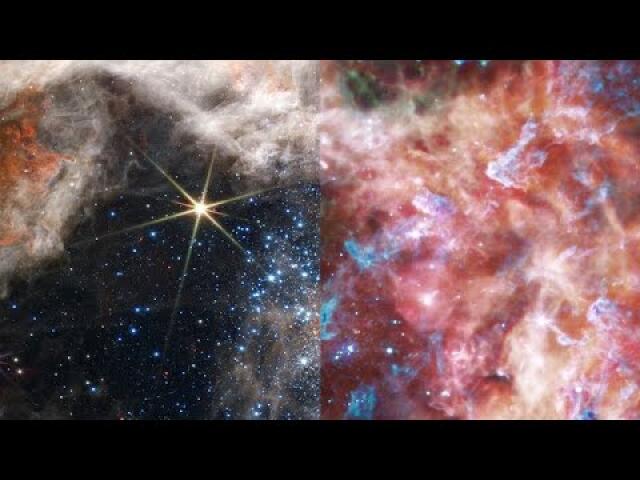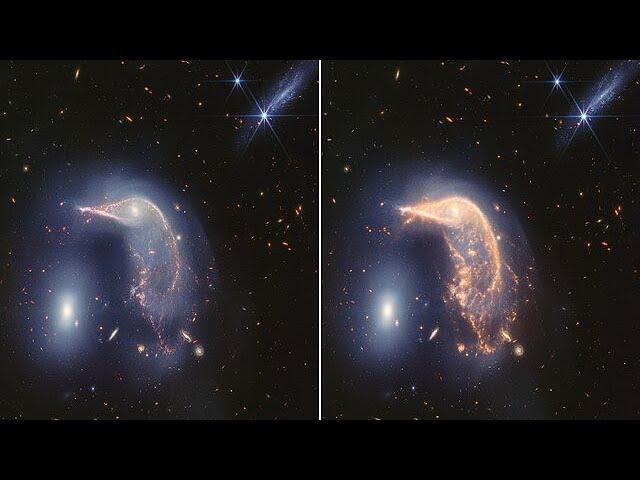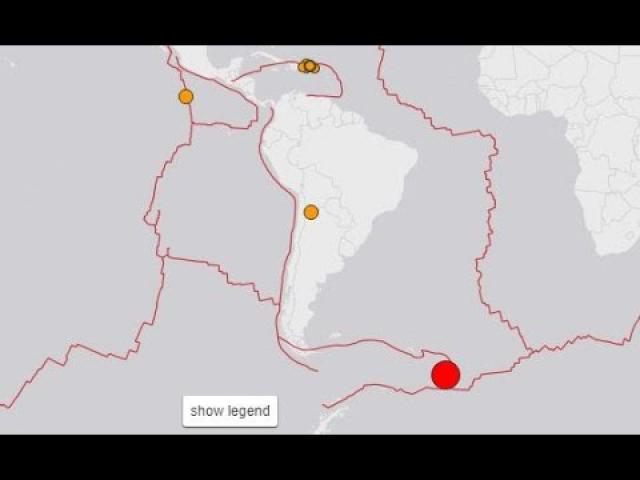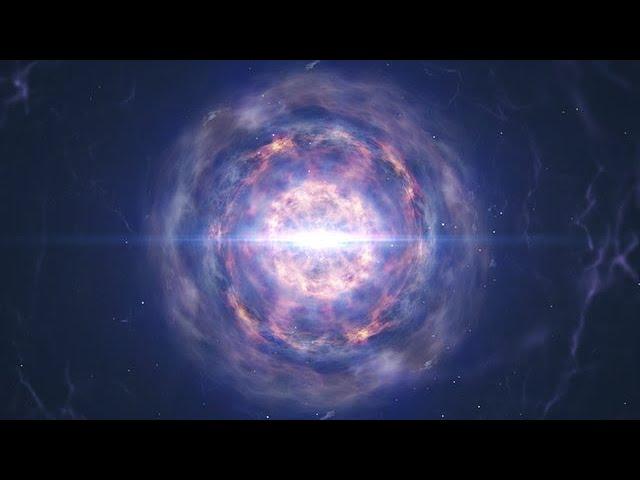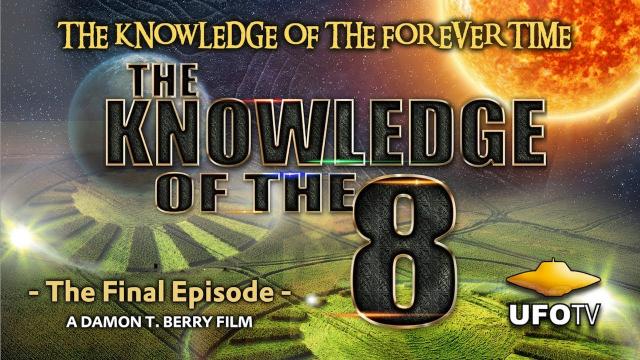Pan of the Crab Nebula (MIRI and NIRCam image)
Description
The NASA/ESA/CSA James Webb Space Telescope dissected the Crab Nebula’s structure, aiding astronomers as they continue to evaluate leading theories about the supernova remnant’s origins. With the data collected by Webb’s NIRCam (Near-Infrared Camera) and MIRI (Mid-Infrared Instrument), a team of scientists were able to closely inspect some of the Crab Nebula’s major components.
For the first time ever, astronomers mapped the warm dust emission throughout this supernova remnant. Represented here as fluffy magenta material, the dust grains form a cage-like structure that is most apparent toward the lower left and upper right portions of the remnant. Filaments of dust are also threaded throughout the Crab’s interior and sometimes coincide with regions of doubly ionised sulphur (sulphur III), coloured in green. Yellow-white mottled filaments, which form large loop-like structures around the supernova remnant’s centre, represent areas where dust and doubly ionised sulphur overlap.
The dust’s cage-like structure helps constrain some, but not all of the ghostly synchrotron emission represented in blue. The emission resembles wisps of smoke, most notable toward the Crab’s centre. The thin blue ribbons follow the magnetic field lines created by the Crab’s pulsar heart — a rapidly rotating neutron star.
More information and download options: http://esawebb.org/videos/weic2417a/
Credit:
NASA, ESA, CSA, STScI, T. Temim (Princeton University)
Music: Noizefield - Expect the Unexpected



